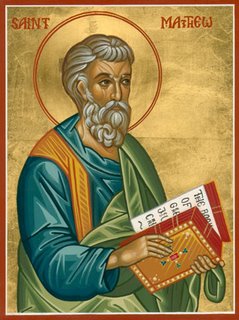Our visiting priest, Fr Stephen Freeman

Fr Stephen Freeman, rector of Saint Anne Orthodox Church in Oak Ridge, Tennessee, will visit Baton Rouge's new mission, Saint Matthew the Apostle, the weekend of May 6-7. He will serve Vespers at 6:00 PM Saturday evening and Divine Liturgy at 10:00 AM Sunday morning. Both services will be held at the home of the Christian family at 12622 Waycross Court in Baton Rouge. A map is included below.
Before converting to the Orthodox Faith in the late 1990s, Fr Stephen served for 18 years as a priest in the Episcopal Church. Last year, he provided a brief account of his pilgrimage from Anglicanism to Orthodoxy in a blog article posted here.
After each of the services we'll have a time of fellowship and a covered dish meal. As you are able, bring something to share. The Christians live in Woodland Ridge, located off S. Harrells Ferry Road between S. Sherwood Forest and Millerville Road. Please call 225-292-4607 or email ocabatonrouge@bellsouth.net for directions.
 All services are in English; everyone is welcome.
All services are in English; everyone is welcome.
Join us in keeping the Paschal Feast as we welcome Fr Stephen and cultivate the Orthodox Faith in Baton Rouge.










